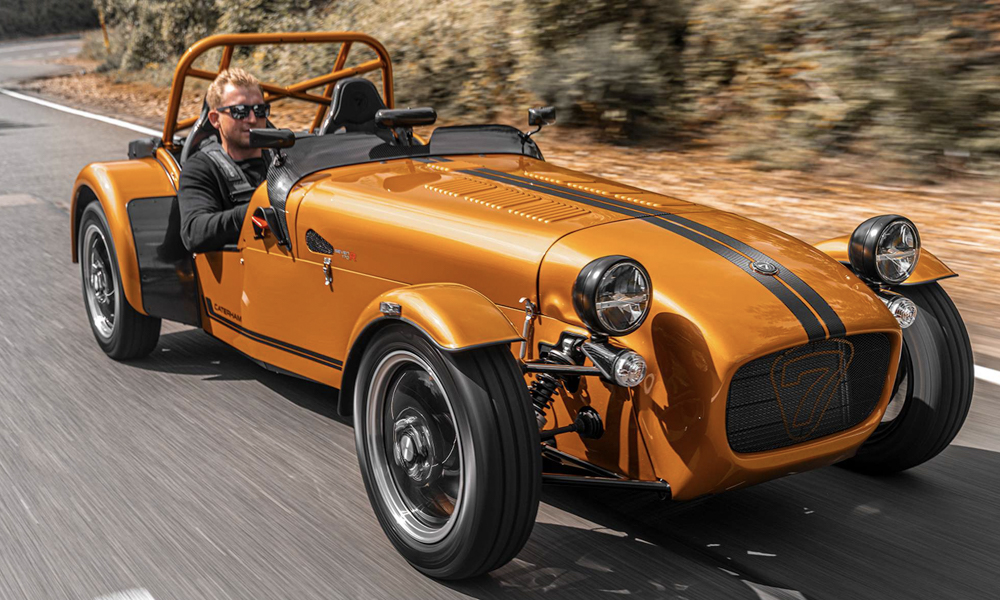
Caterham’s formula for the Seven is very much the same as the one used by Colin Chapman when he created the original Lotus Seven. A selection of modestly powerful engines is combined with simple, lightweight frames. But the sports car specialist can also do a lot with very little horsepower, and that is evident in the Seven 170.
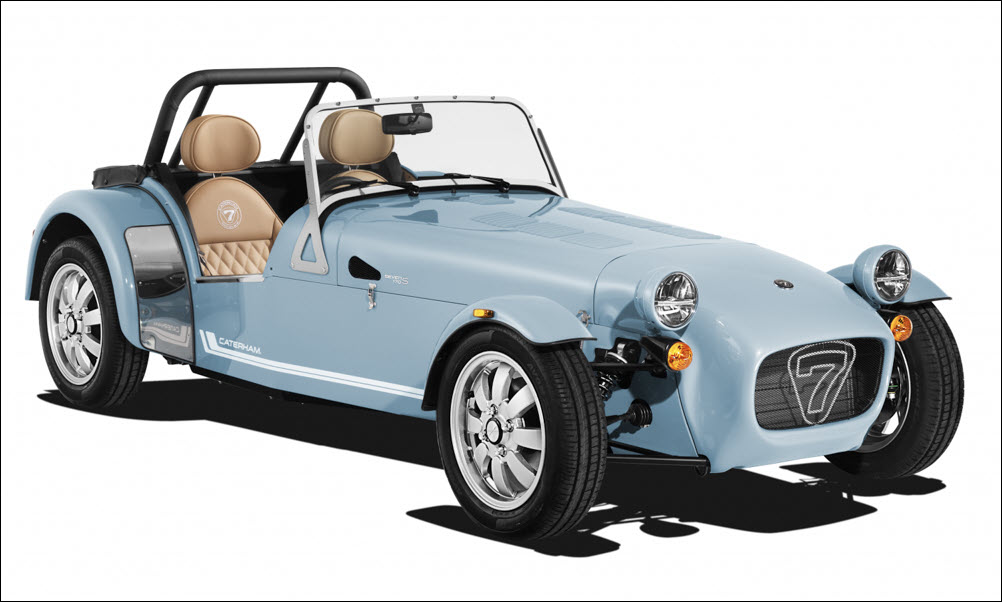
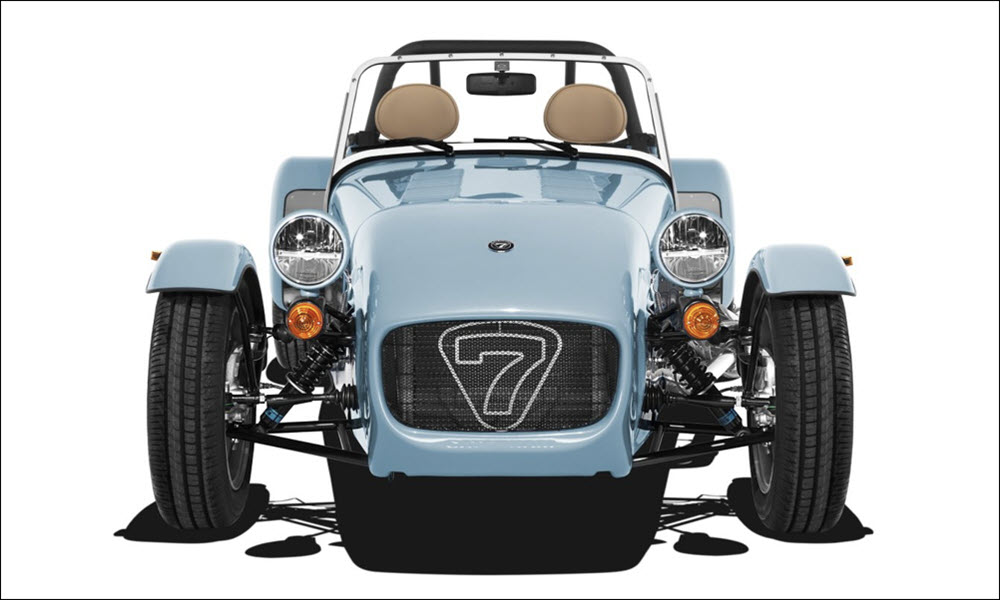
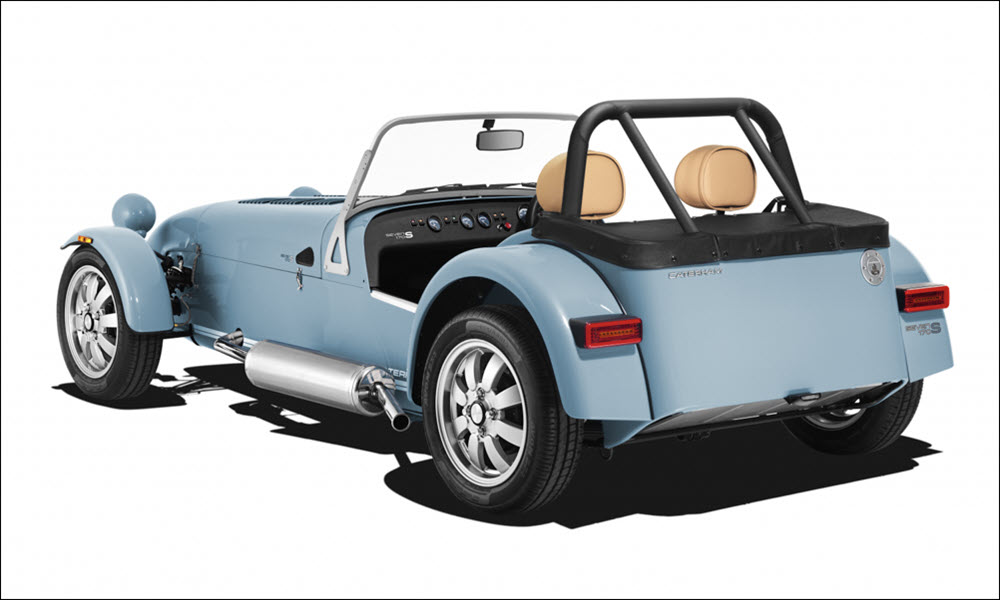
Underneath the hood of the 170 is a 660cc three-cylinder turbo engine from Suzuki. If the displacement seems familiar, that’s because it is the same unit powering kei cars, a vehicle category in Japan that must not exceed the following dimensions: 3,400mm long, 1,480mm wide and 2,000mm tall. For the little 84hp unit to be usable in a sports car, the accompanying body must be featherweight.
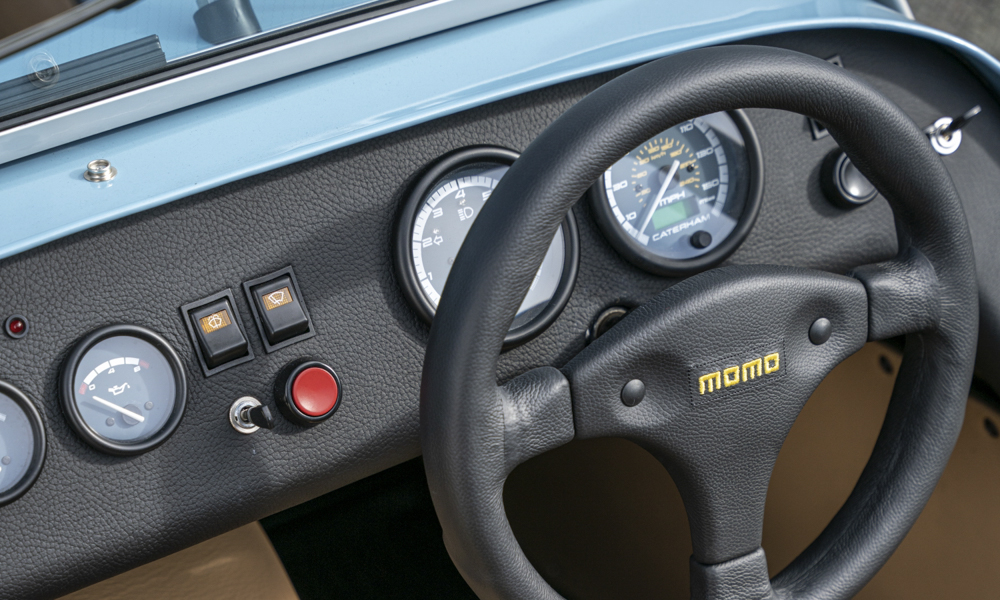
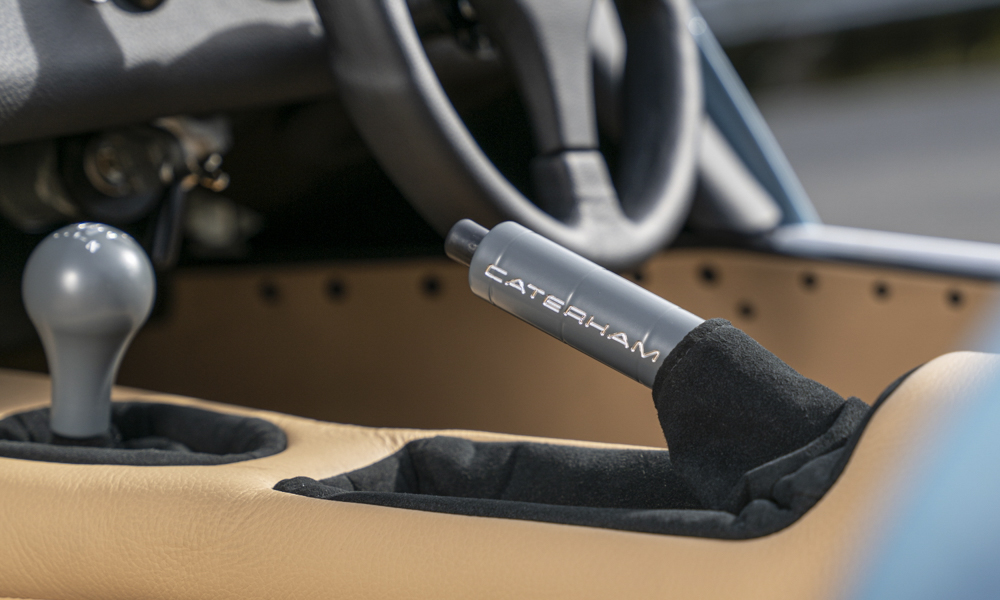
And featherweight, the 170 is. The lightest configuration tips the scales at just 440kg. This is because the vehicle is actually built to comply with kei car regulations, likely a result of Caterham’s Japanese ownership. To reduce rolling resistance as much as possible, the standard Avon tires are just 155mm wide. For comparison, the rubber on a Toyota Wigo is fatter by 20mm.
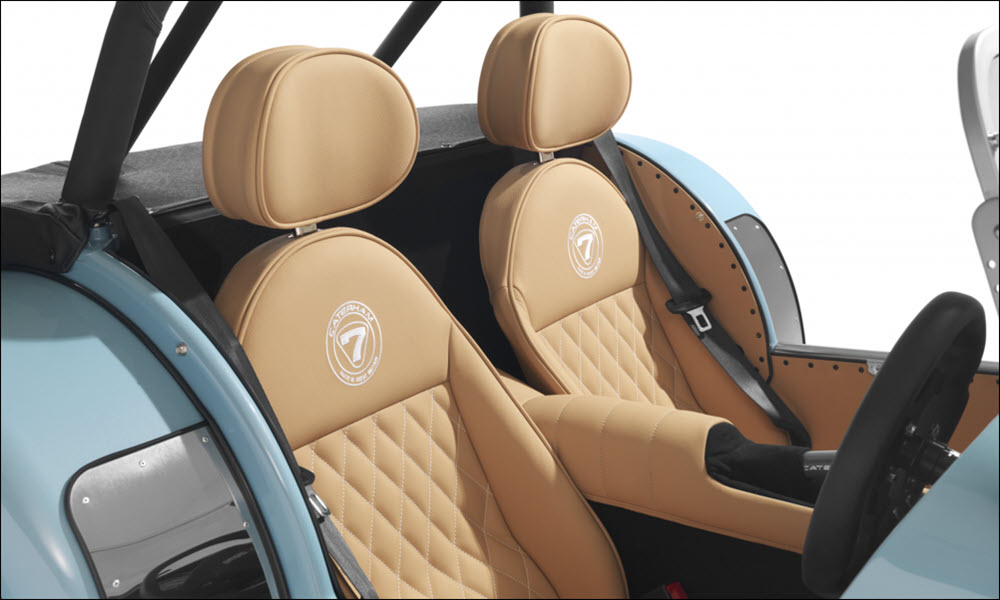
And that’s a problem for my 100kg frame in case I get to board a Seven 170. The car has to carry roughly 25% more weight. And with only 116Nm residing in the stratospheric reaches of its rev range, I don’t think I’ll be going anywhere very fast in Caterham’s lightest. That’s even assuming my girdle fits inside the tiny cockpit. If anything, the 170 will definitely force me to watch what I eat.


0 Comments